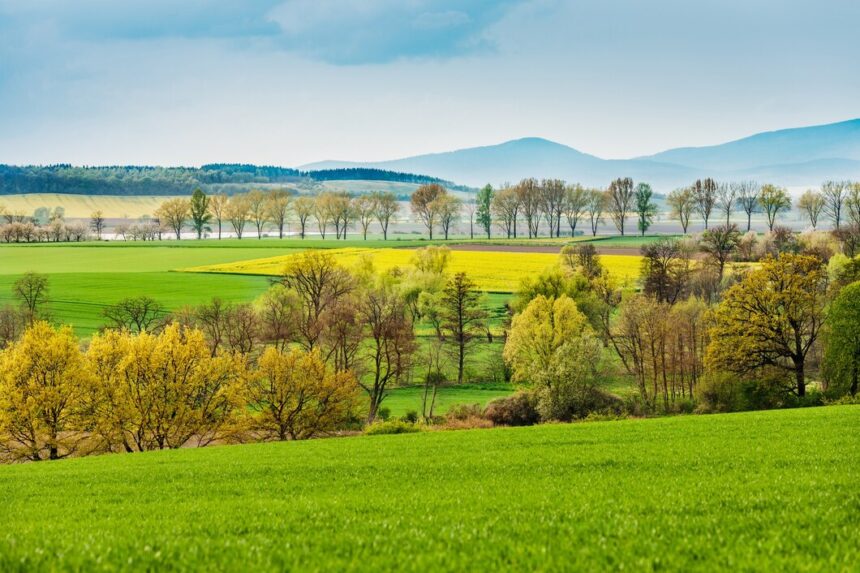Agroforestry, the integration of trees and shrubs into farming systems, offers numerous benefits for agricultural sustainability in South Africa. By combining crops, livestock, and trees on the same land, agroforestry enhances biodiversity, improves soil health, conserves water, and provides additional income streams for farmers. Here are 10 practical ways to implement agroforestry in South Africa:
- Windbreaks and Shelterbelts:
Establishing rows of trees along field edges or boundaries helps mitigate wind erosion, protect crops and livestock from strong winds, and create microclimates that support agricultural productivity. - Silvopasture Systems:
Integrate trees and livestock grazing by planting trees in pasture areas. Trees provide shade for livestock, fodder during dry seasons, and improve soil fertility through nutrient cycling. - Alley Cropping:
Plant rows of trees or shrubs between rows of crops. This technique reduces soil erosion, enhances water retention, and provides additional income from timber, fruit, or medicinal plants. - Agroforestry in Orchards:
Integrate fruit or nut trees with annual crops or livestock. This diversifies income sources, improves soil structure, and optimizes land use efficiency. - Riparian Buffer Zones:
Plant native trees and shrubs along watercourses and wetlands. These buffer zones filter runoff, reduce soil erosion, and improve water quality while providing habitat for wildlife. - Multi-Strata Agroforestry:
Create diverse layers of vegetation, including tall trees, fruit trees, shrubs, and ground cover plants. This mimics natural forest ecosystems, enhances biodiversity, and improves ecosystem resilience. - Fuelwood and Timber Production:
Establish woodlots or agroforestry systems specifically for sustainable fuelwood and timber production. Proper management ensures continuous supply without degrading natural forests. - Medicinal and Aromatic Plants:
Integrate medicinal plants or herbs with trees and crops. These plants provide additional income opportunities, promote biodiversity, and support local healthcare practices. - Carbon Sequestration and Climate Mitigation:
Agroforestry systems sequester carbon dioxide from the atmosphere, contributing to climate change mitigation. Trees enhance soil carbon storage and reduce greenhouse gas emissions. - Community and Educational Gardens:
Establish agroforestry systems in community gardens or educational institutions. These serve as learning centers for sustainable agriculture practices and promote food security among local communities.
Agroforestry in South Africa not only enhances agricultural productivity and resilience but also contributes to environmental conservation and economic diversification for farmers. By implementing these diverse agroforestry techniques, farmers can foster sustainable land management practices, mitigate climate change impacts, and improve livelihoods. Government support, research initiatives, and community engagement are crucial for scaling up agroforestry adoption and maximizing its benefits across diverse farming landscapes in South Africa.
Join 'Farmers Mag' WhatsApp Channel
Get the latest Farming news and tips delivered straight to your WhatsApp
CLICK HERE TO JOIN






